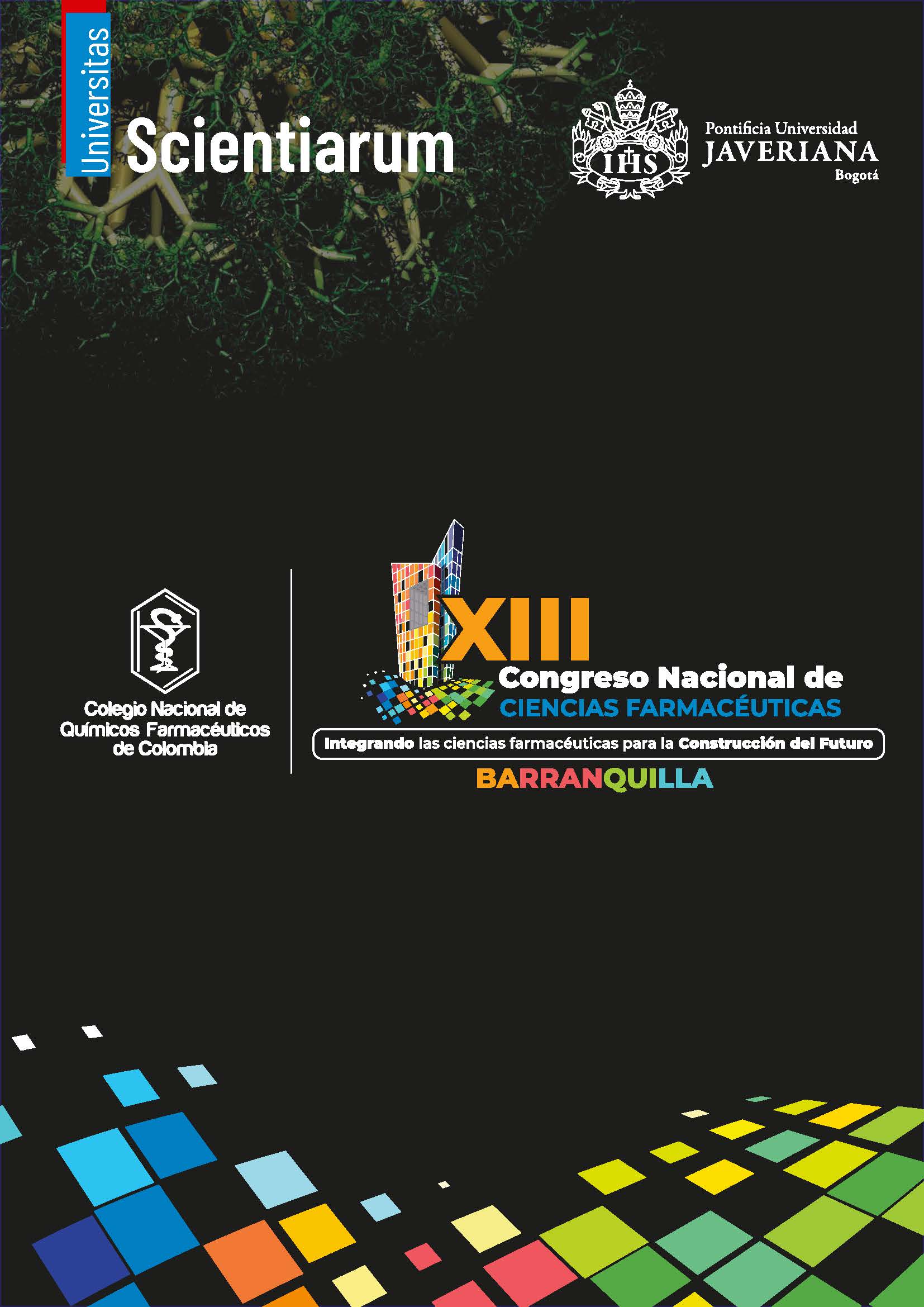Abstract
It is currently estimated that more than 75 % of newly developed drugs exhibit limited aqueous solubility and, consequently, reduced bioavailability. This limitation particularly affects drugs classified as BCS classes II and IV. To address this issue, several formulation strategies have been proposed, among which self-emulsifying drug delivery systems (SEDDS) have gained attention. SEDDS are isotropic mixtures of oil, surfactant, and cosurfactant or cosolvent that spontaneously form emulsions upon contact with the gastrointestinal environment. The objective of this study was to preformulate and characterize the emulsifying properties of an ibuprofen (IBU) SEDDS, developed through a 33 factorial design, in order to enhance its dissolution rate. Thermodynamic solubility of IBU in four oils (soybean, lemon, peppermint, anise) was determined using the shake-flask method and UV-Vis analysis. Drug–oil compatibility was assessed using DSC on 1:1 (w/w) mixtures. Based on critical attributes, the surfactant and cosurfactant were selected. Twenty-seven formulations with varying component ratios were prepared. A 33 factorial design was applied, with visual appearance as the response variable, enabling the construction of a ternary diagram and ANOVA analysis. The most promising formulations, both drug-loaded (22.22 % w/w IBU) and unloaded, were characterized in four media (water, HCl buffer, phosphate buffer, citrate buffer) by evaluating self-emulsification time, transmittance, and 24-hour physical stability. Results indicated that the solubility of IBU in peppermint oil was 36.49 mg/mL. DSC analysis suggested a potential transition of IBU to an amorphous state. ANOVA revealed significant effects of peppermint oil and Tween 80. Eight formulations displayed optimal appearance. The unloaded system showed > 90 % transmittance, self-mulsification times < 120 s, and was stable after 24 h. Upon IBU loading, phosphate buffer maintained high transmittance (96.97 %), while a reduction occurred in other pH media; however, self-emulsification times remained under 120 s. The most efficient formulation (1:1:1 peppermint oil, Tween 80, Cremophor RH40) achieved a 43.4 s emulsification time and 97.91 % transmittance. In conclusion, the developed ibuprofen SEDDS demonstrated favorable physicochemical characteristics, supporting its potential as a promising strategy to improve the drug’s dissolution rate.

This work is licensed under a Creative Commons Attribution-NonCommercial 4.0 International License.


